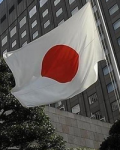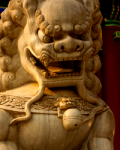-
A Model Dilemma - Singapore confronts perils of urbane society
January 10, 2014
THE BENEVOLENT authoritarianism of Lee Kuan Yew led Singapore to the top of the tree in Asia – its per capita income is higher even than that of the United States. But success brings with it a slew of political and social problems, offering a textbook lesson for other Asian cities . . .





